Rotor
The rotating assembly in a positive displacement pump, typically driven directly by the motor or other driver
The rotating assembly in a positive displacement pump, typically driven directly by the motor or other driver
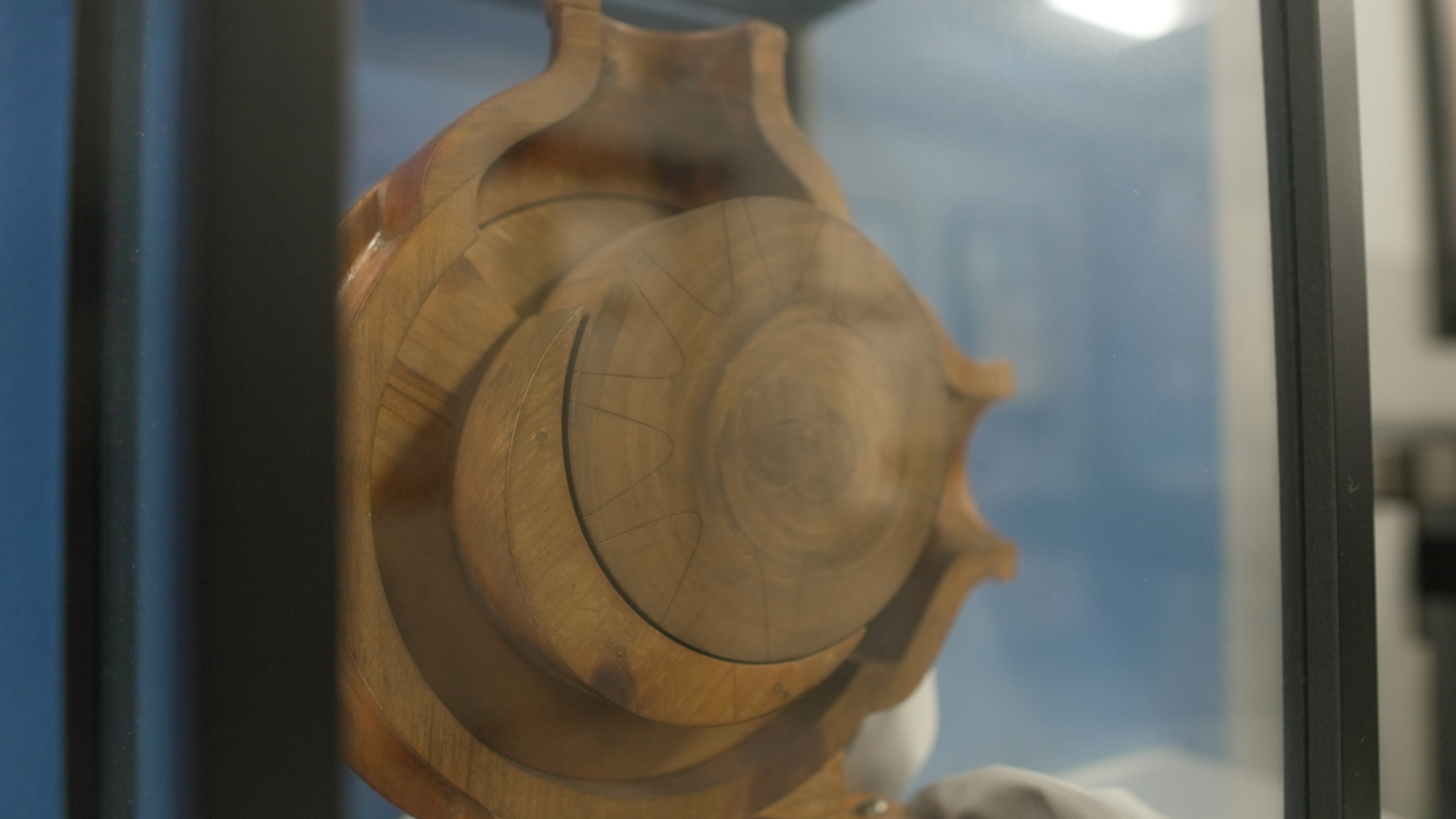
Explore how internal gear pumps work, their unique “gear within a gear” design, and key advantages like efficiency and versatility. Ideal for professionals in fluid handling industries.
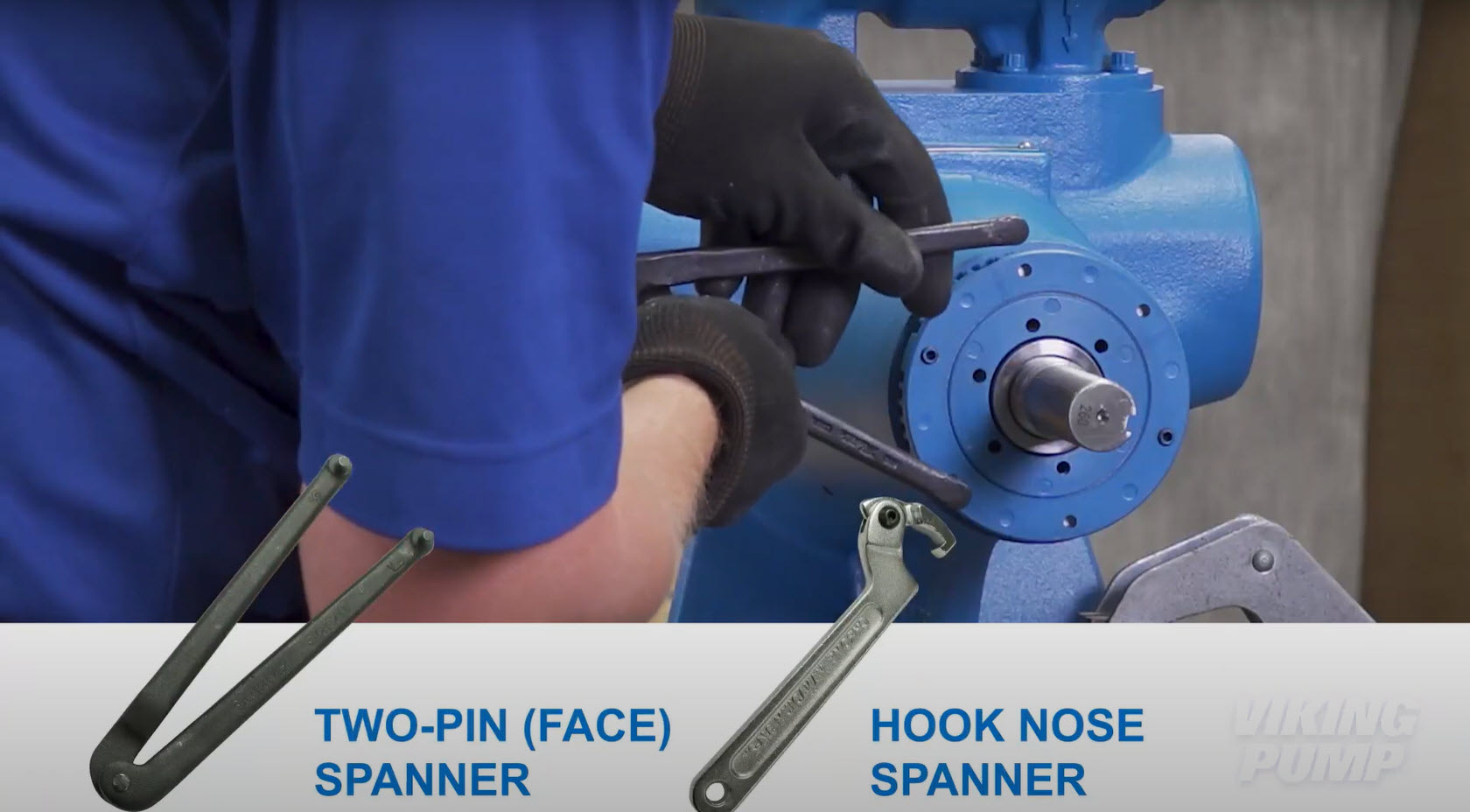
Like any job, you need the proper tools to do it well – and the same is true for repairing or servicing positive displacement gear pumps. Below are helpful hand tools that Viking's pump experts recommend having ready for… read more.
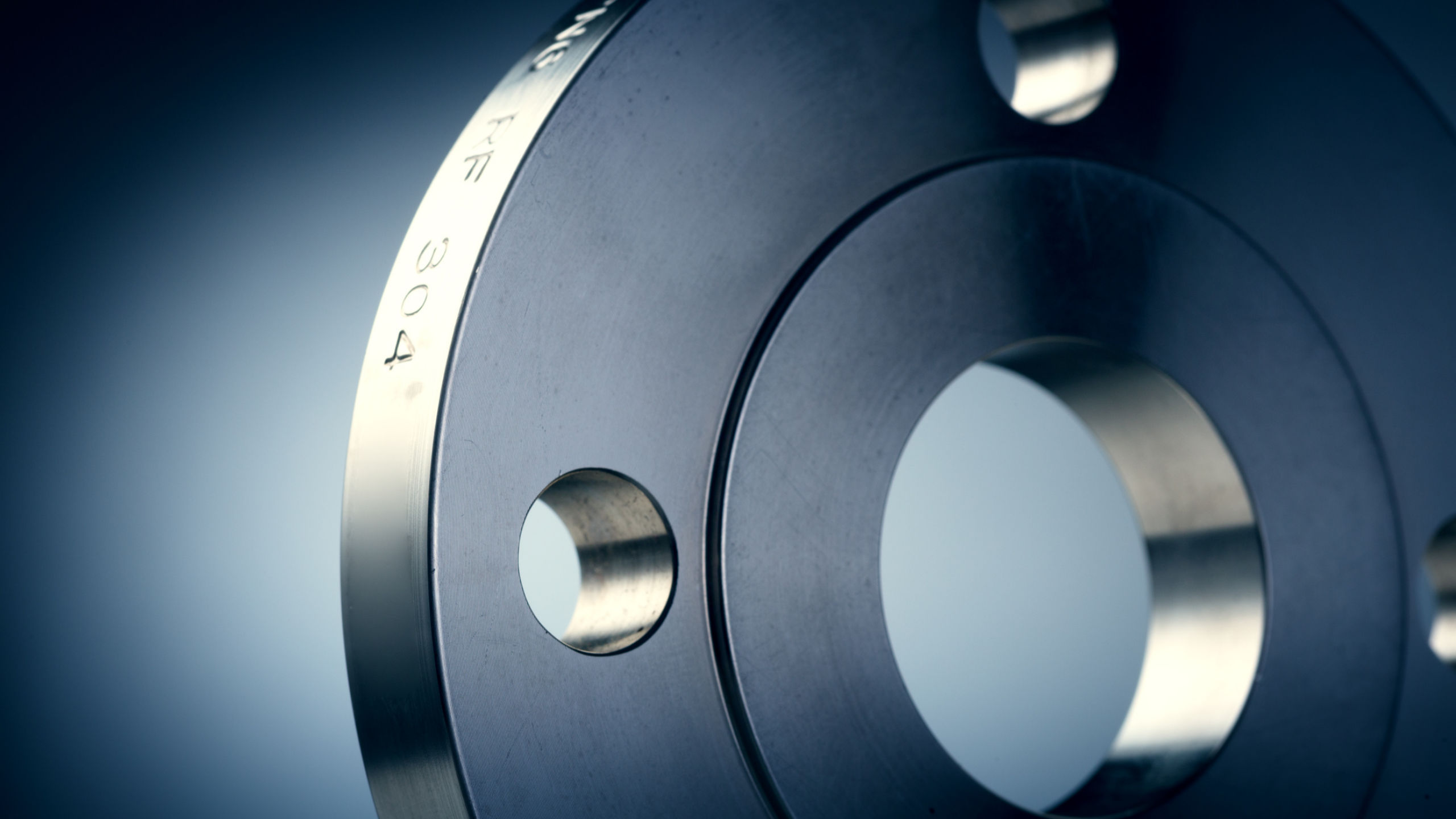
Flange standards used on Viking pumps have been in place for over a century so EVERYONE should be experts on this now…right? It turns out not so much. There are various standards and various design differences in each standard. AND the standards have evolved over the years, leading some to use obsolete terms which only compounds the confusion. The following should help clear up some of this confusion as well as give you a resource to help answer questions for others.
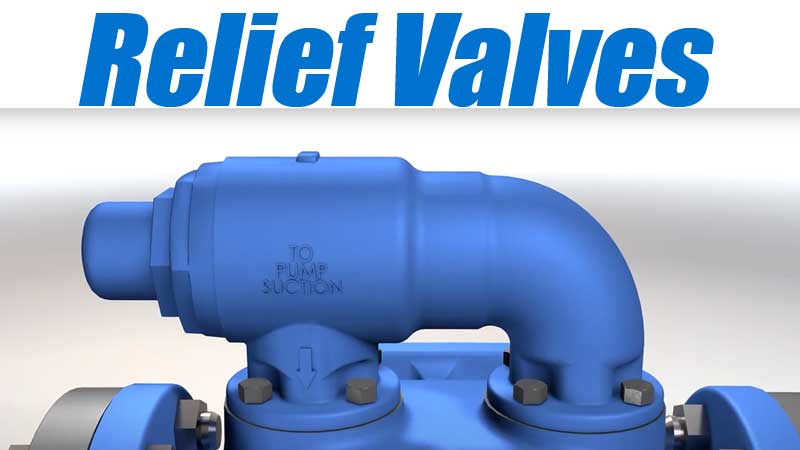
Millions of homes around the world are fitted with water heating devices such as boilers or water supply heaters. Should they overheat, pressures can rise internally until the tank ruptures. Though extremely rare, this does happen and can even propel a water heater like a rocket through the floor and roof of a dwelling. So how can we sleep peacefully each night with the knowledge that a potential catastrophe lurks in the basement?
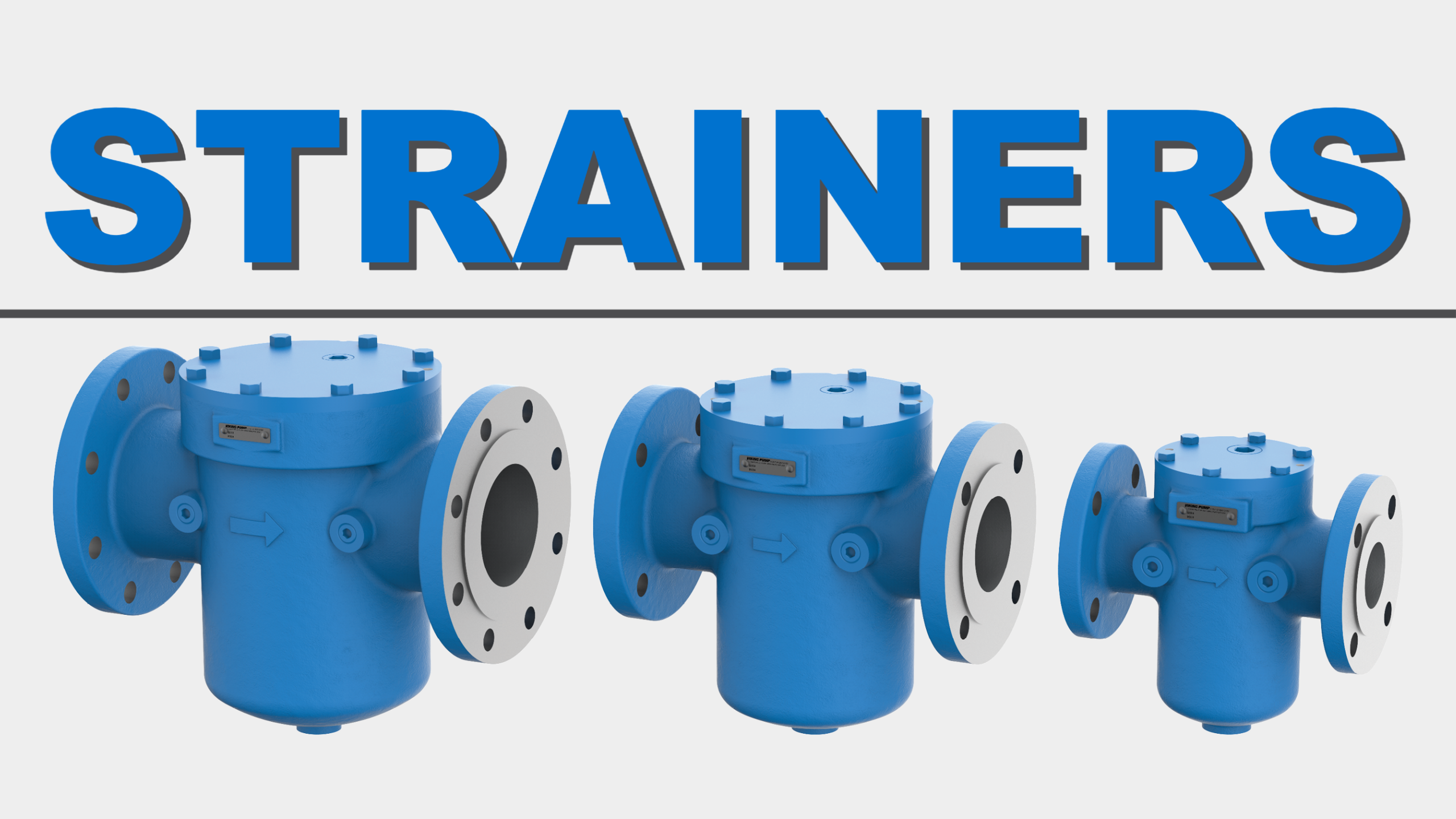
It’s typically impossible to see inside pipes and tanks.
Industrial pipes are usually steel or stainless. Even the occasionally used PVC is typically opaque.
But on the day of this customer visit, they had a sight glass placed in a horizontal run of pipe which permitted a peek inside. Normally this glass was used to inspect the color and clarity of the product flowing by. But today the customer and myself were fixated on...
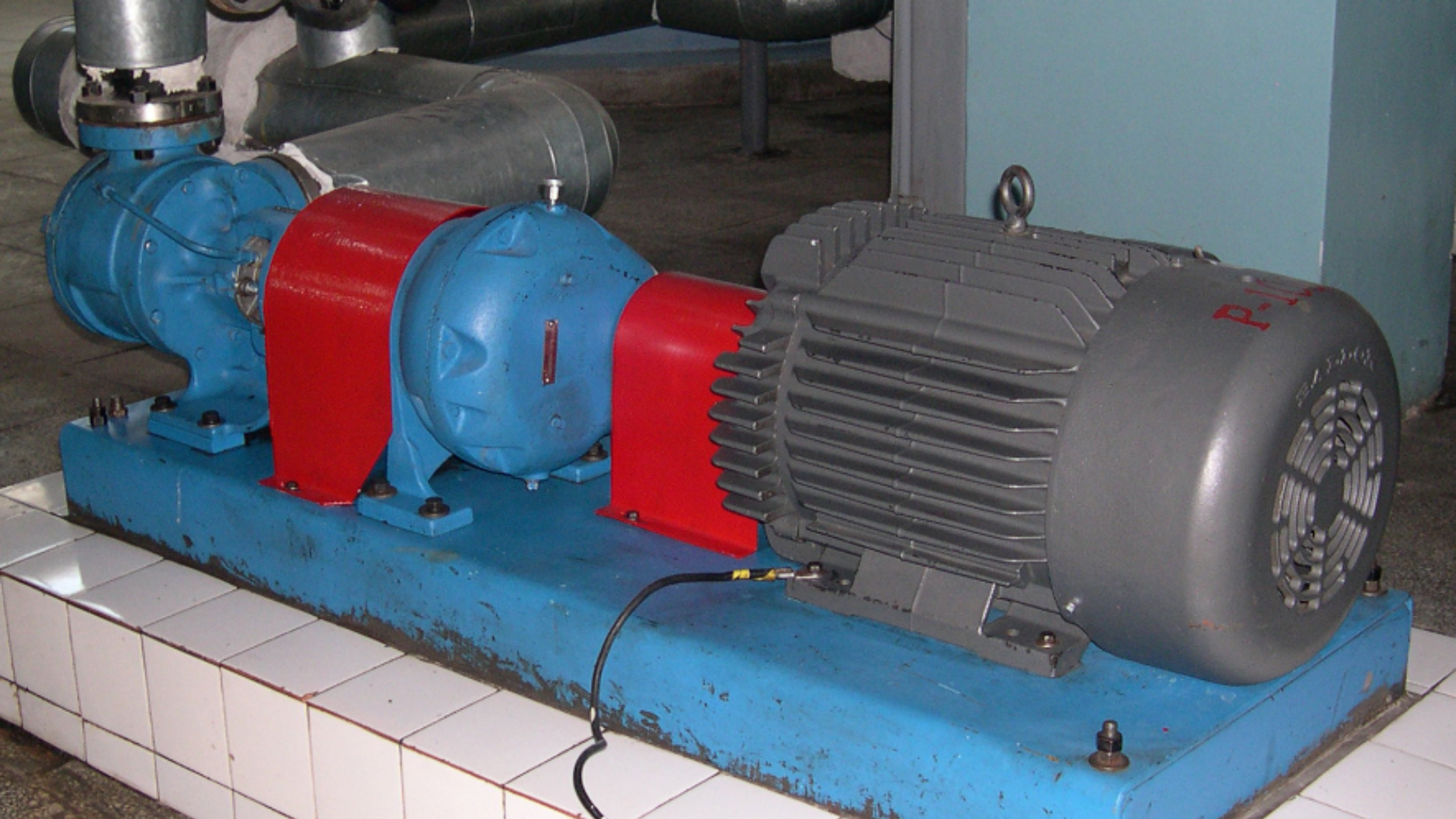
In the world of positive displacement pumping, reduced speed operation is a common requirement. High viscosity liquids, shear sensitive liquids, abrasive liquids, or any combination thereof require the pump speed to be reduced from synchronous motor speeds.
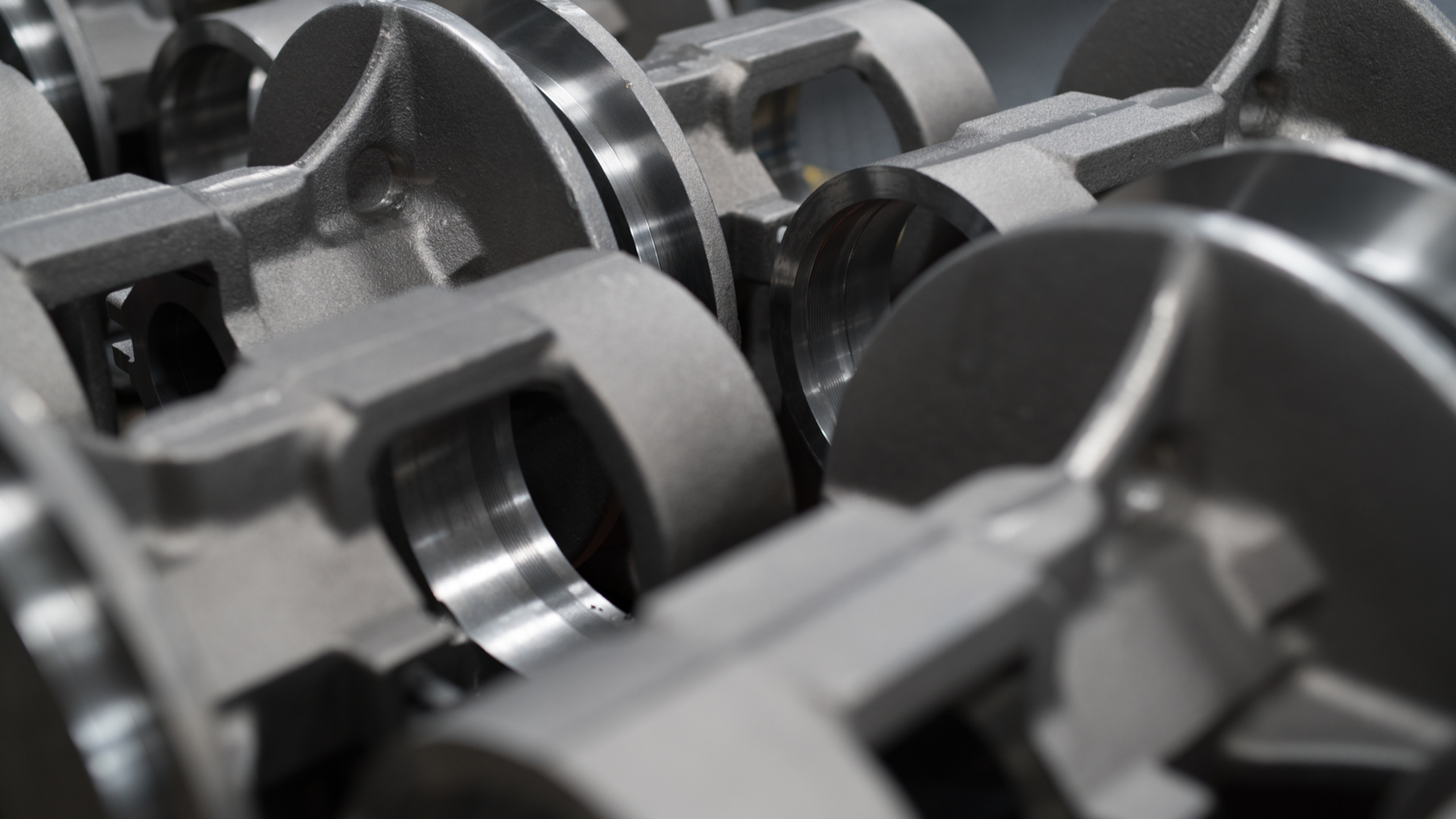
A gentleman once contacted me to let me know that he’d cracked a head, an impressive, but not entirely unheard-of feat. When I asked how this had happened he admitted “well, I was wailing on it pretty hard”; I appreciated his honesty. What followed was a 30-minute conversation full of mis-assumptions and confusion. At the conclusion I discovered that he was not talking about a head (as in the end plate of a gear pump) but rather a head (as in the top of a snare drum). An internet search for “head” had landed him on our site by mistake.